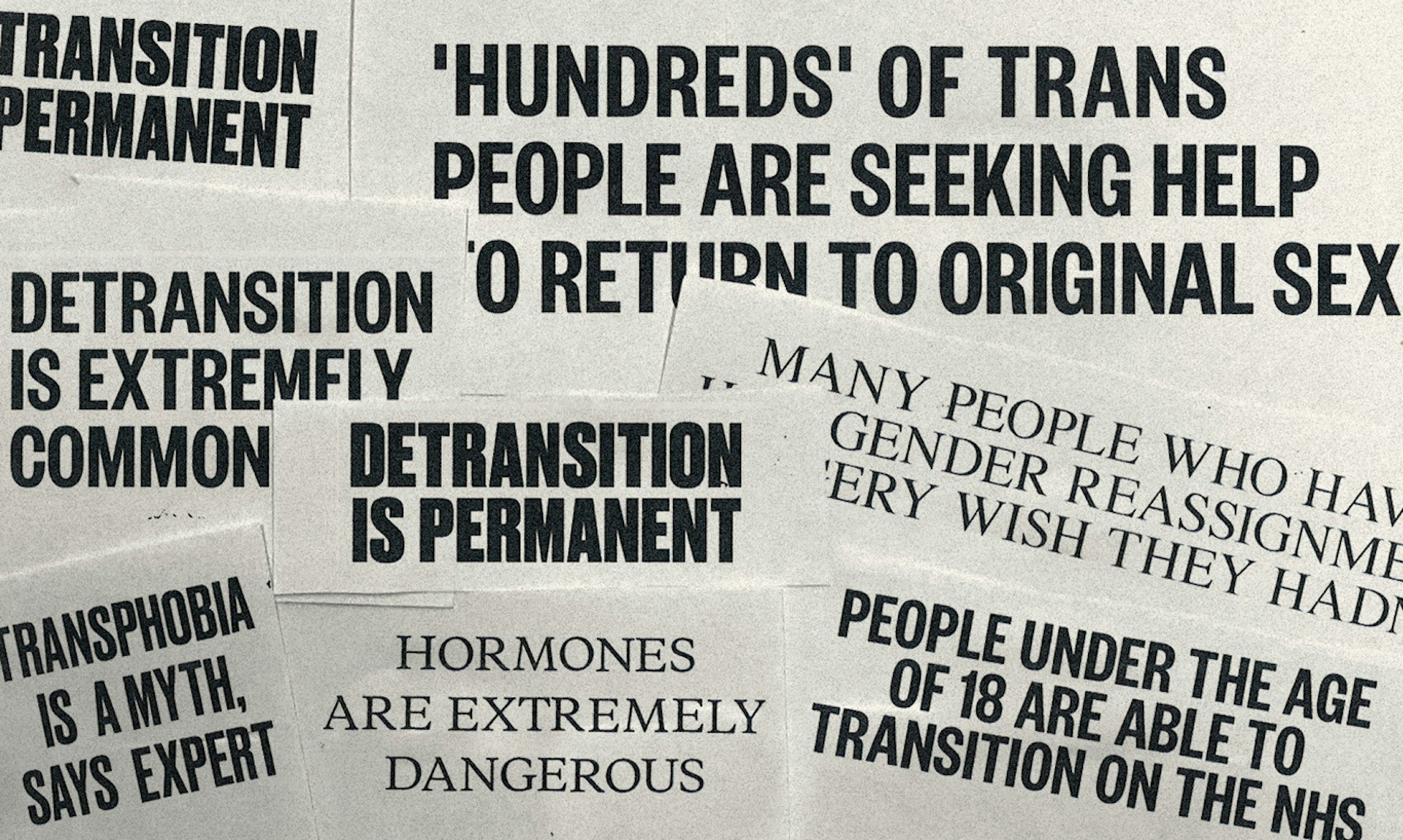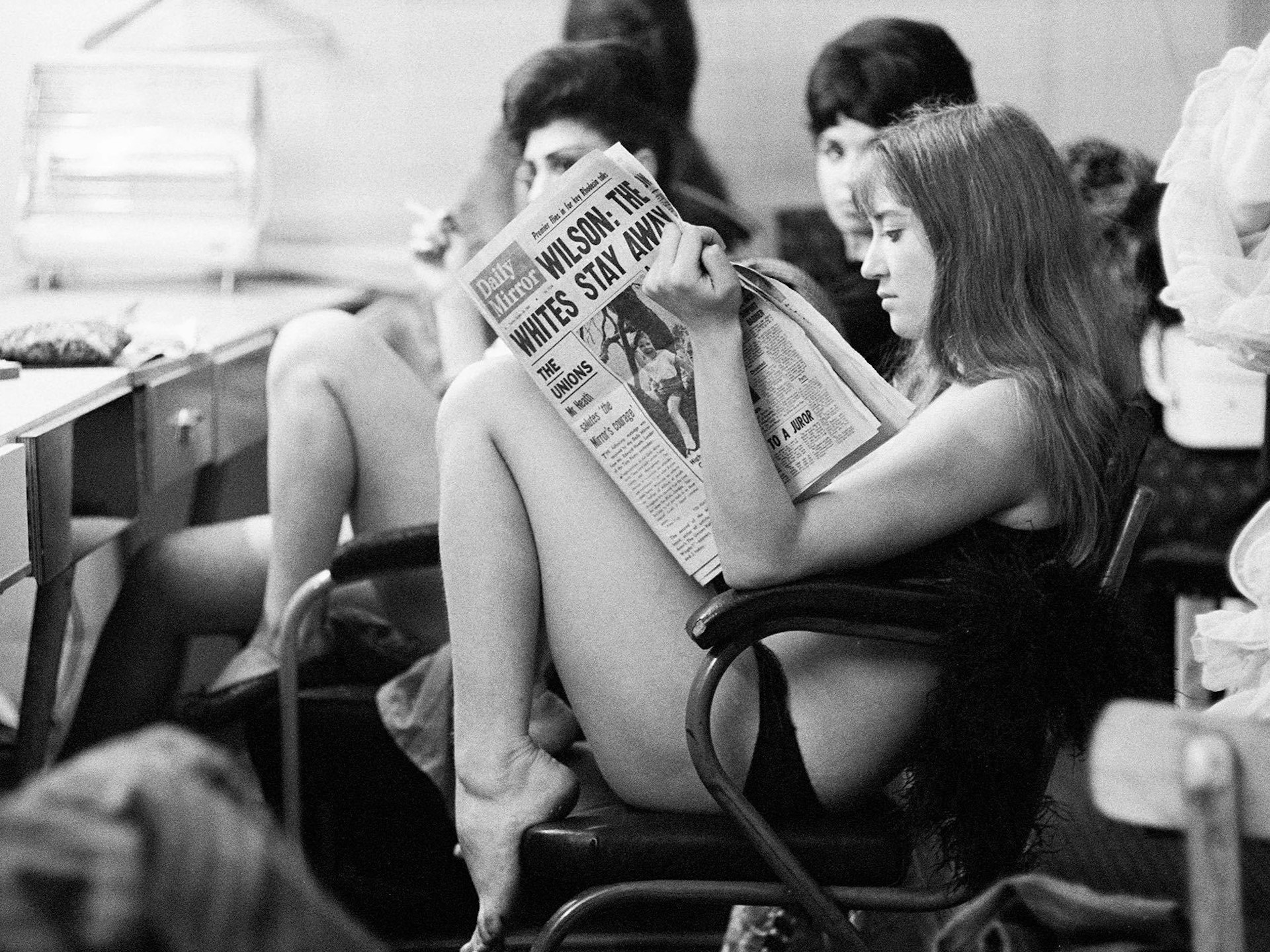
A journey through Soho’s countercultural history
- Text by Miss Rosen
- Photography by John Goldblatt (main image)
Historically, Soho was always the centre of bohemian life in London – a neighbourhood notorious for drinking, fashion, cabaret, music, and the sex industry.
Since the 17th century, when entrepreneurs and craftspeople first arrived to set up shop, this square mile of the English capital operated as a space where Chinese, Italian, Jewish, Hungarian, Bengali and LGBTQ communities could mingle freely. It was a place for freedom and expression, unlike anywhere else in the city.
But over the years, Soho, like most of London, has been hit by sweeping gentrification. With Crossrail – the new underground line being built on its borders – scheduled for completion in Autumn 2020, things are likely to only get worse. Today, Soho’s countercultural spots are a few final frontiers, as opposed to the norm.
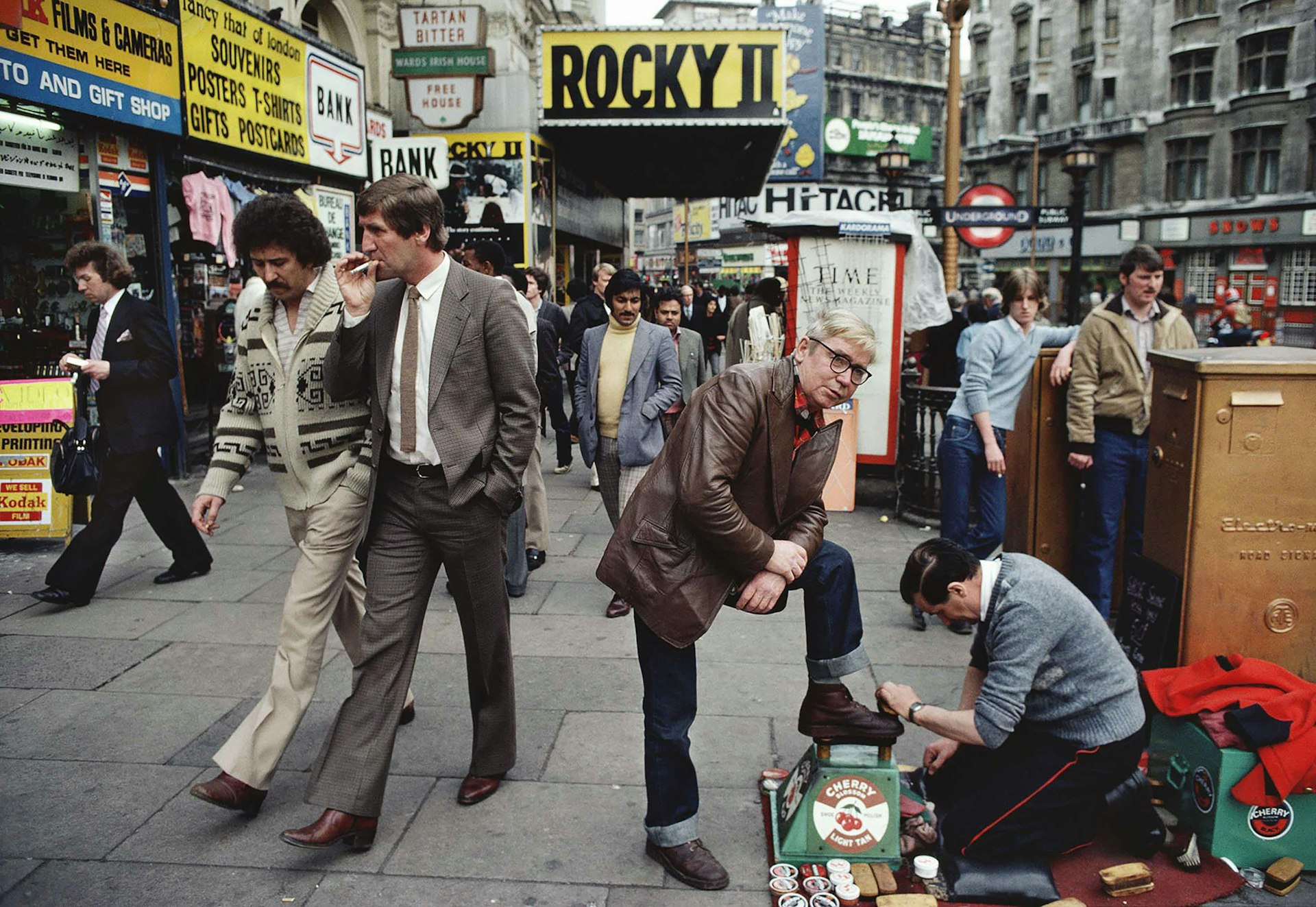
© William Klein
Despite this, native Londoner Julian Rodriguez – joint curator of new exhibition Shot in Soho and editor of the same name from Prestel – is still holding out hope. “Creativity and difference have inveigled its way into the minds, bricks, and mortar of Soho and its people,” he says. “It is some kind of magic. That may just help defend it against gentrification.”
Featuring the work of William Klein, Anders Petersen, Kelvin Brodie, Clancy Gebler Davies, John Goldblatt, Corrine Day, and Daragh Soden, Shot in Soho is currently on view at The Photographers’ Gallery, a Soho stalwart since 1971.
The show is a love letter to the community from a true insider. “My father had worked as a chef in Soho and my Italian immigrant family used the delicatessen and coffee shops around Old Compton Street so I got to know Soho’s many different layers,” he says.
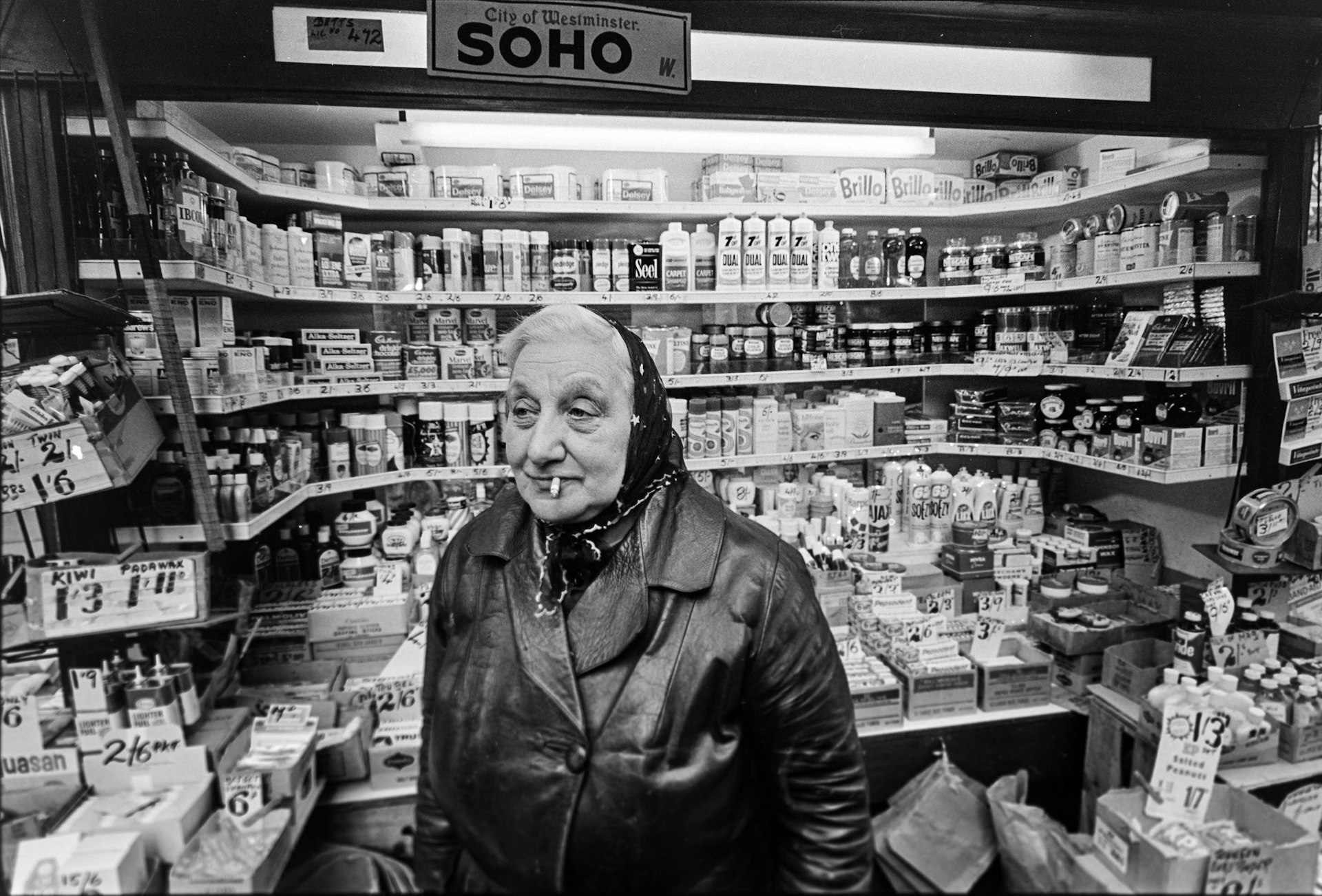
© Kevin Brodie
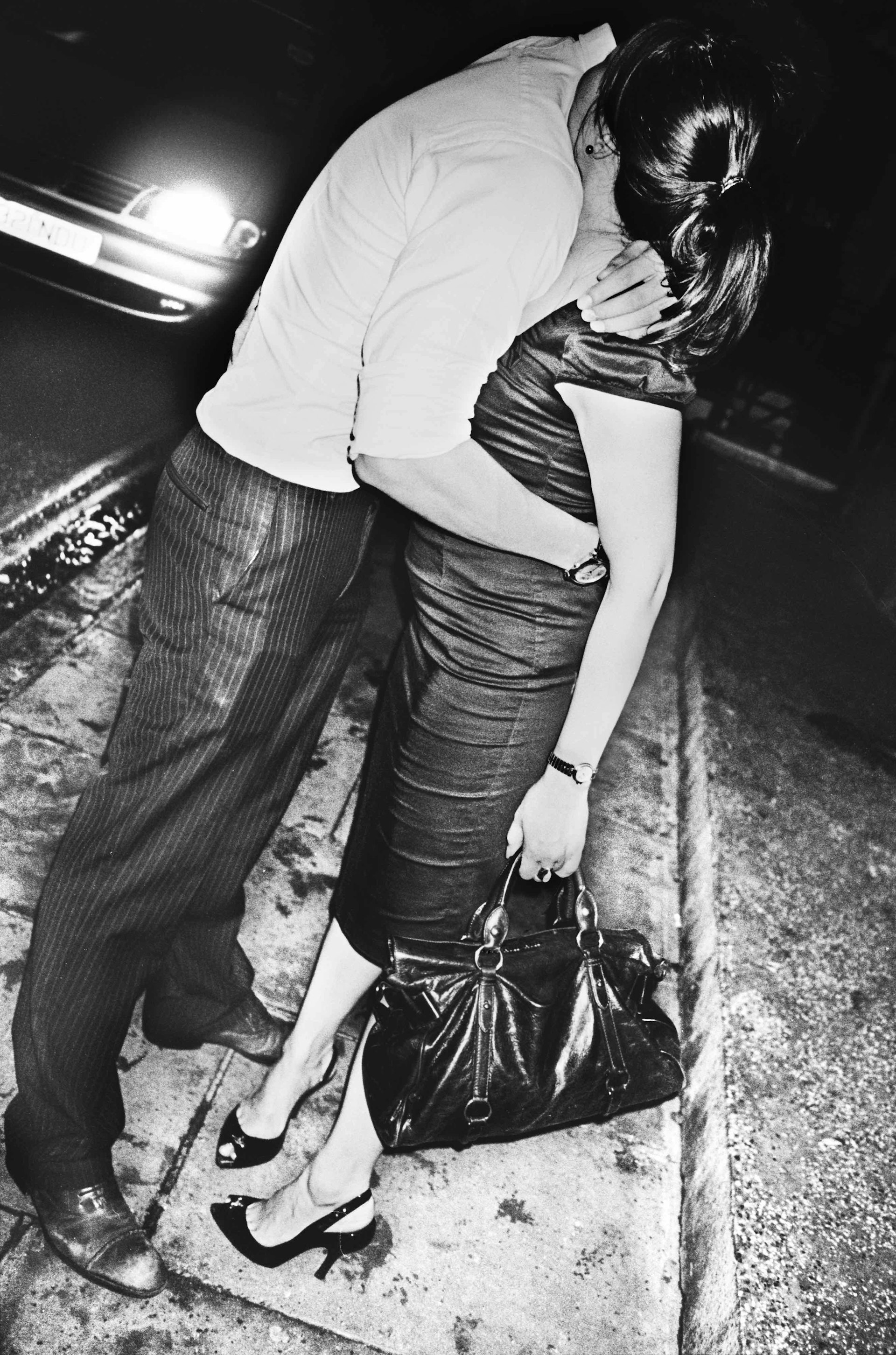
© Anders Petersen
The project began around the same time that Rodriguez learned that the News UK newspaper archive happened to organise their central London photos by street. Upon this discovery, he was transported back to Soho at the turn of the 20th century, discovering a world filled with gangsters, murders, police corruption, jiu-jitsu suffragette training, and war-time stoicism.
Recognising the wealth of forgotten chapters of history, Rodriguez partnered with Karen McQuaid, Senior Curator, “to bring to the surface pieces of the Soho jigsaw that would go some way to explaining why the area is so special and how it has become an international phenomenon”.
Focusing on the past 50 years, the exhibition explores Soho’s colourful history through a variety of perspectives, revealing the mythical character of the neighbourhood in photos. “Soho was where subcultures naturally found homes,” Rodriguez says.
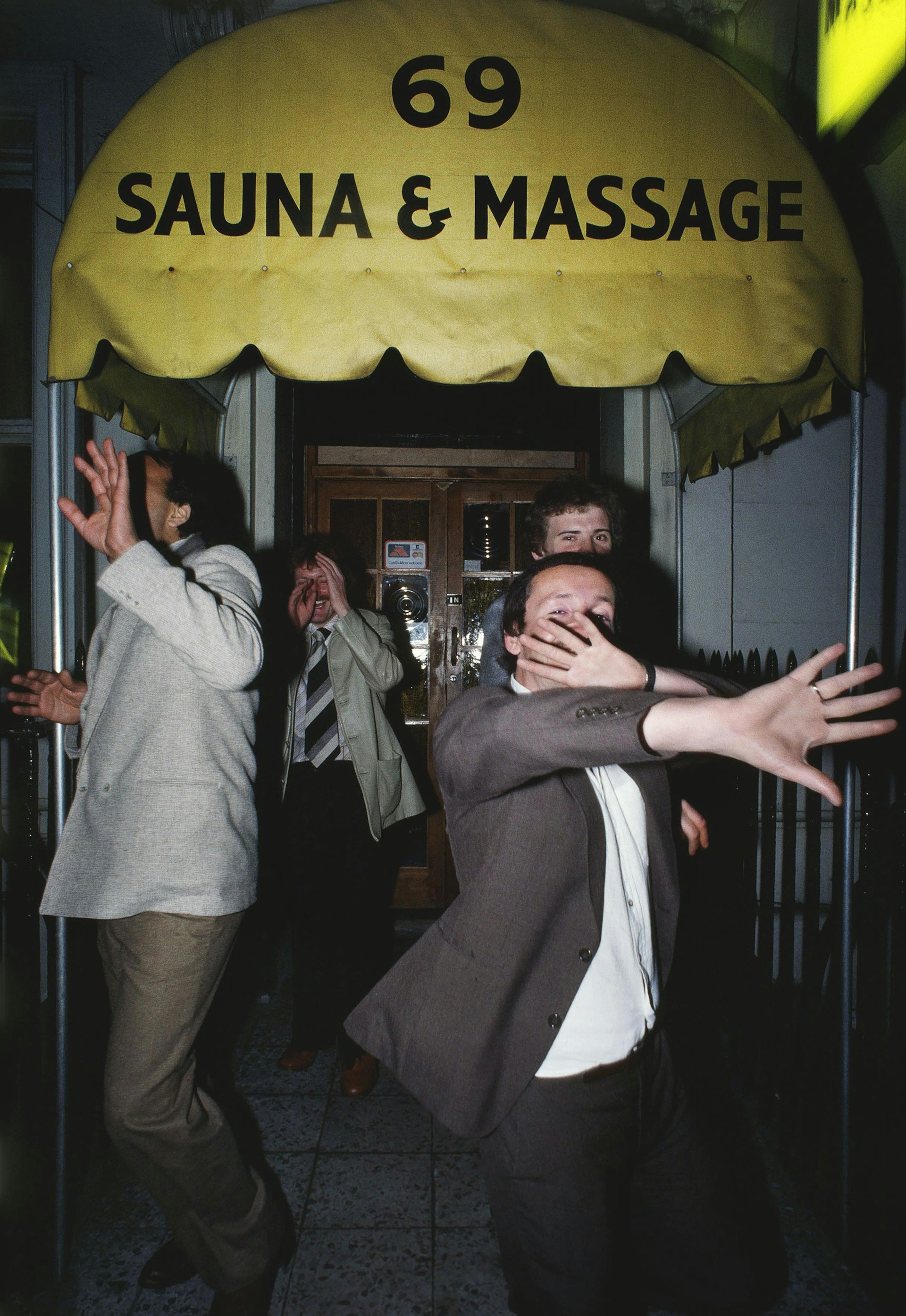
© William Klein
The photographs selected for the show remind us that Soho has always been the site of resistance. From Kelvin Brodie’s photographs of police sweeps of teenagers recovering from the clutches of Soho’s sex and gambling industries to Corinne Day’s intimate pictures made at her Soho Brewer Street flat, Shot in Soho offers multifaceted portrait of the neighbourhood in all its iconoclastic glory.
“The fashion revolution, driven by Carnaby Street, introduced the concept of men’s’ boutique and there were the Beatniks, Mods, Punks, and New Romantics. Fundamentally, a tight street layout, maze-like alleys and passages too small for buses, coupled with the brashness of sex industry establishments, have offered an effective defence against commercial homogenisation.”

© John Goldblatt
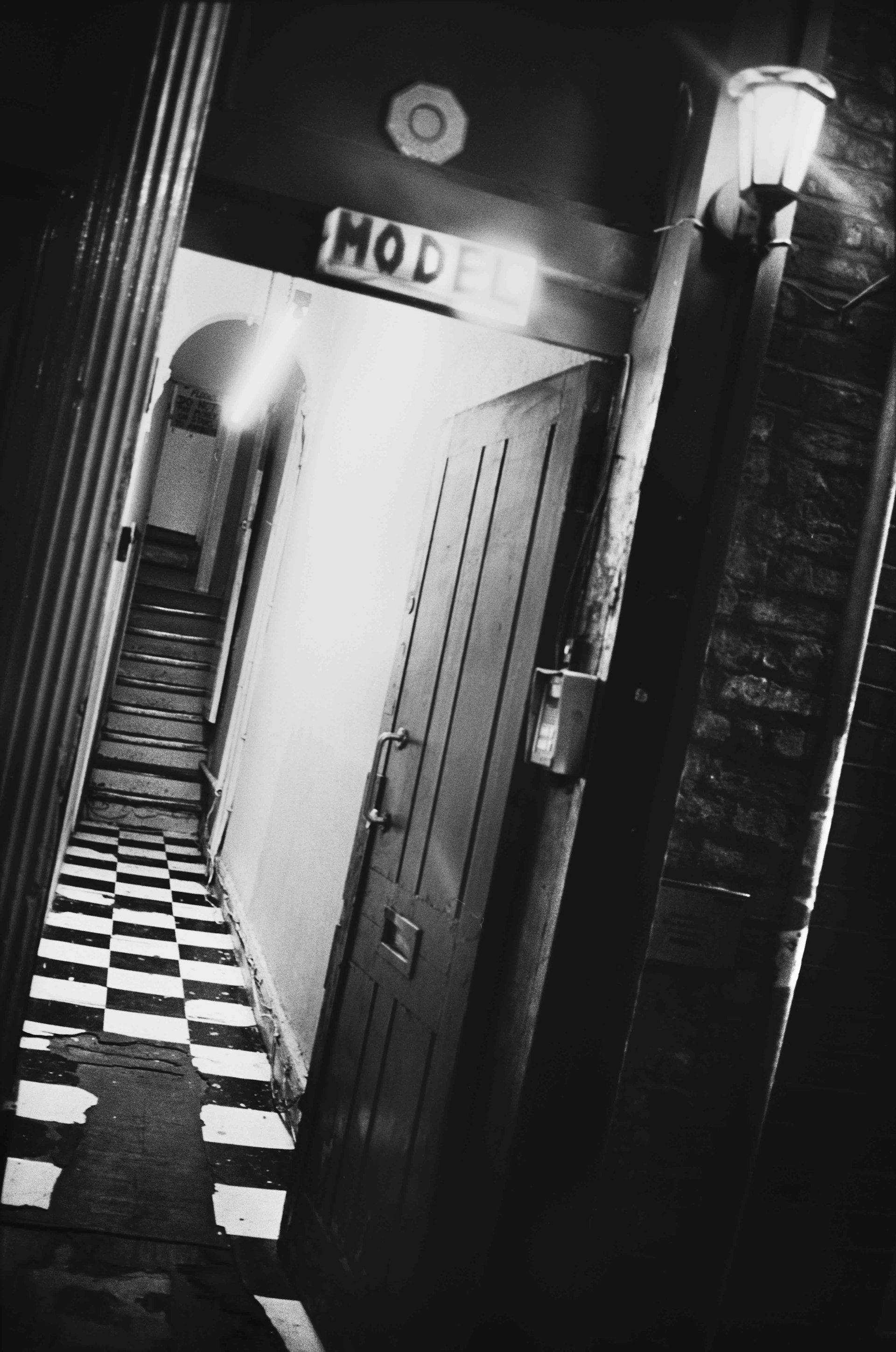
© Anders Petersen
Shot in Soho is showing at The Photographers’ Gallery, London until 9 February, 2020.
Follow Miss Rosen on Twitter.
Enjoyed this article? Like Huck on Facebook or follow us on Twitter.
